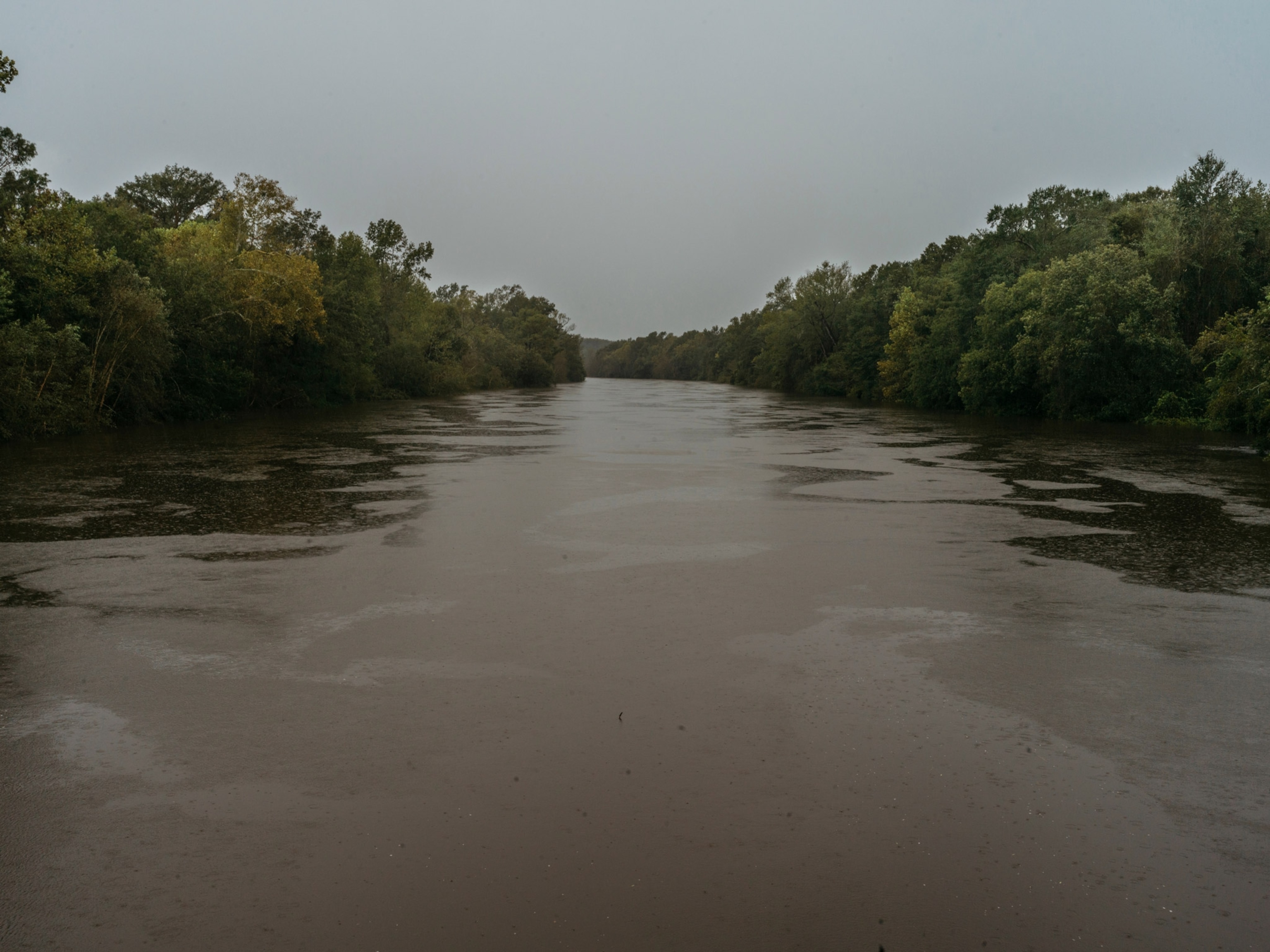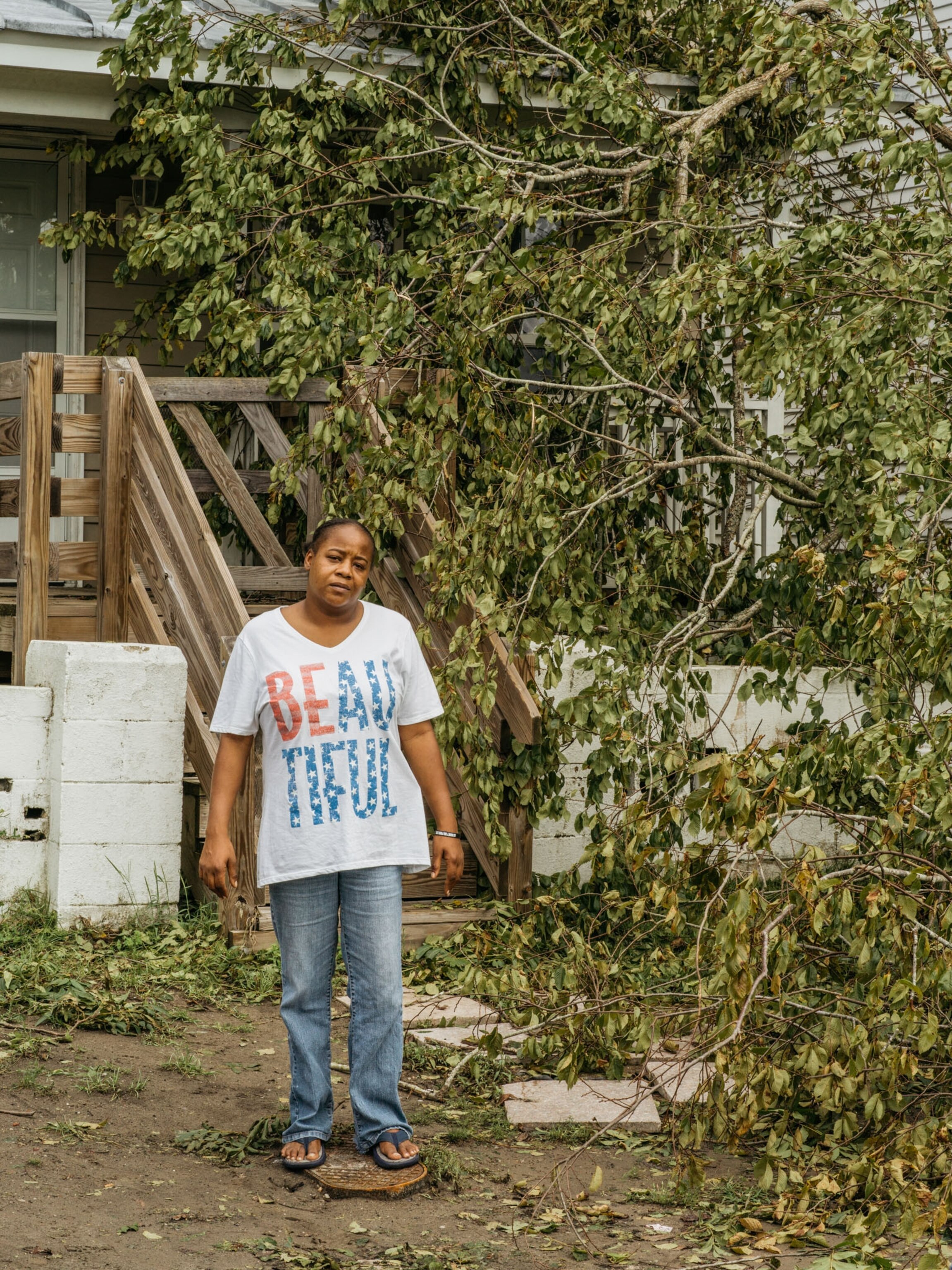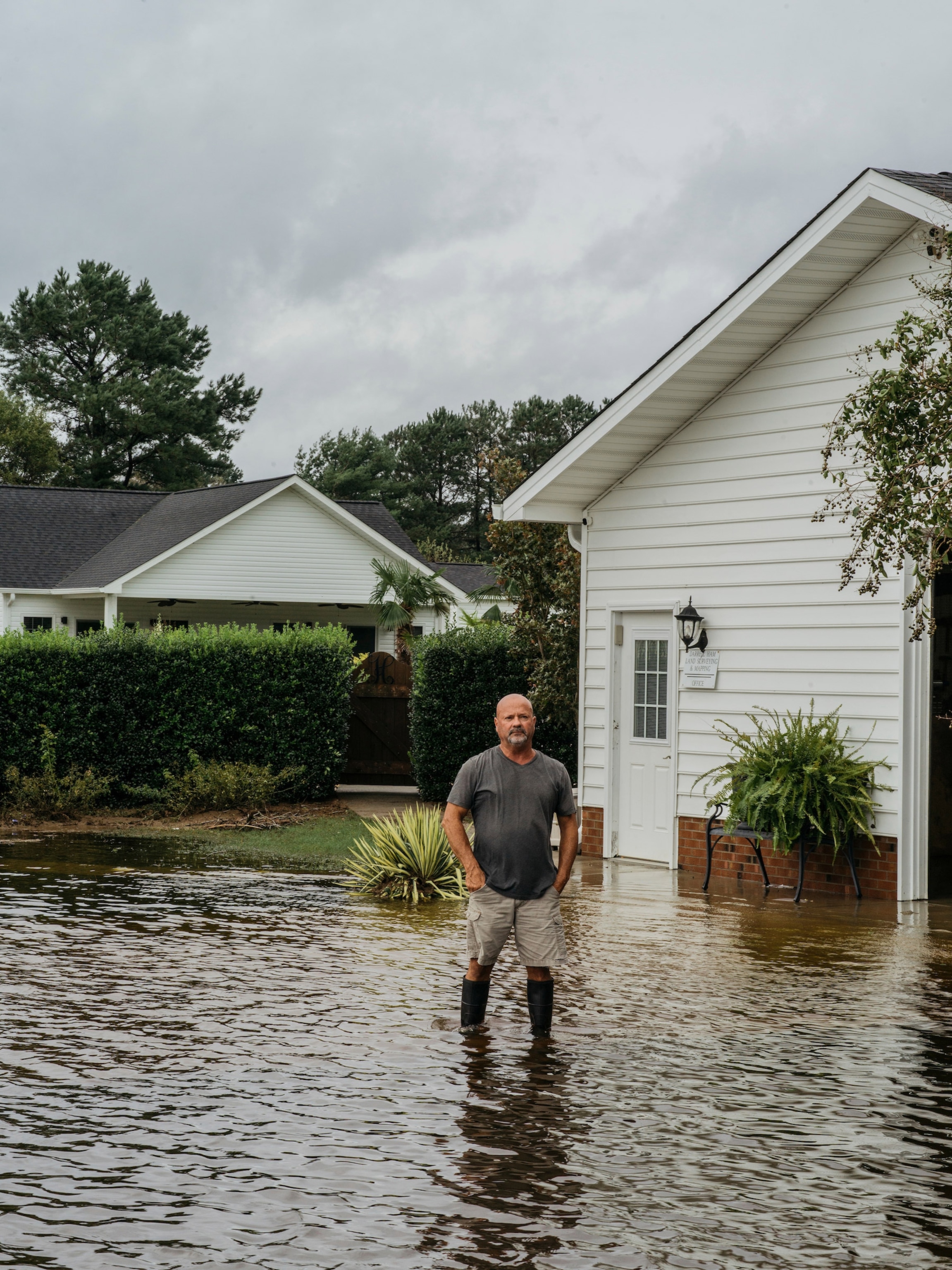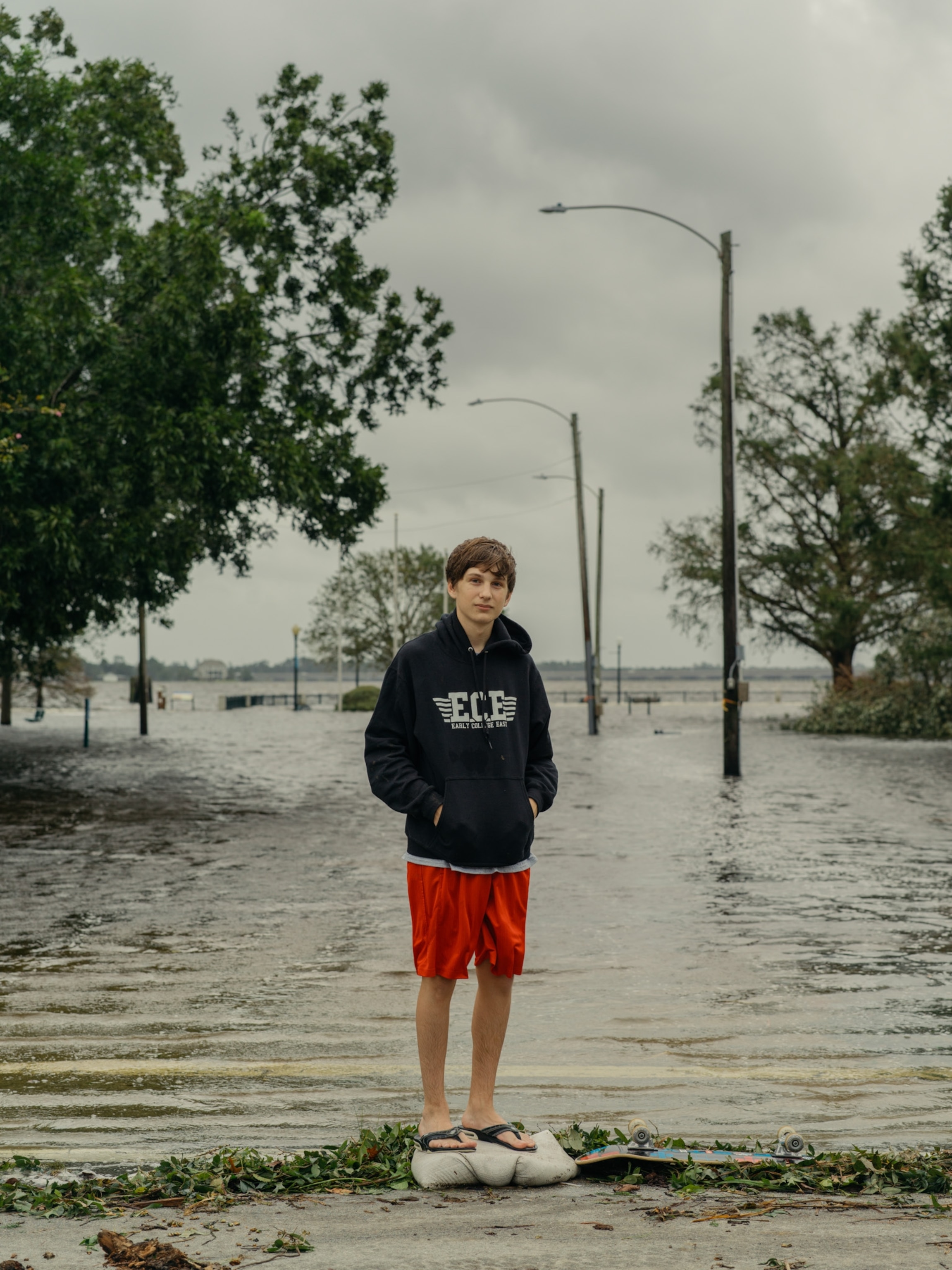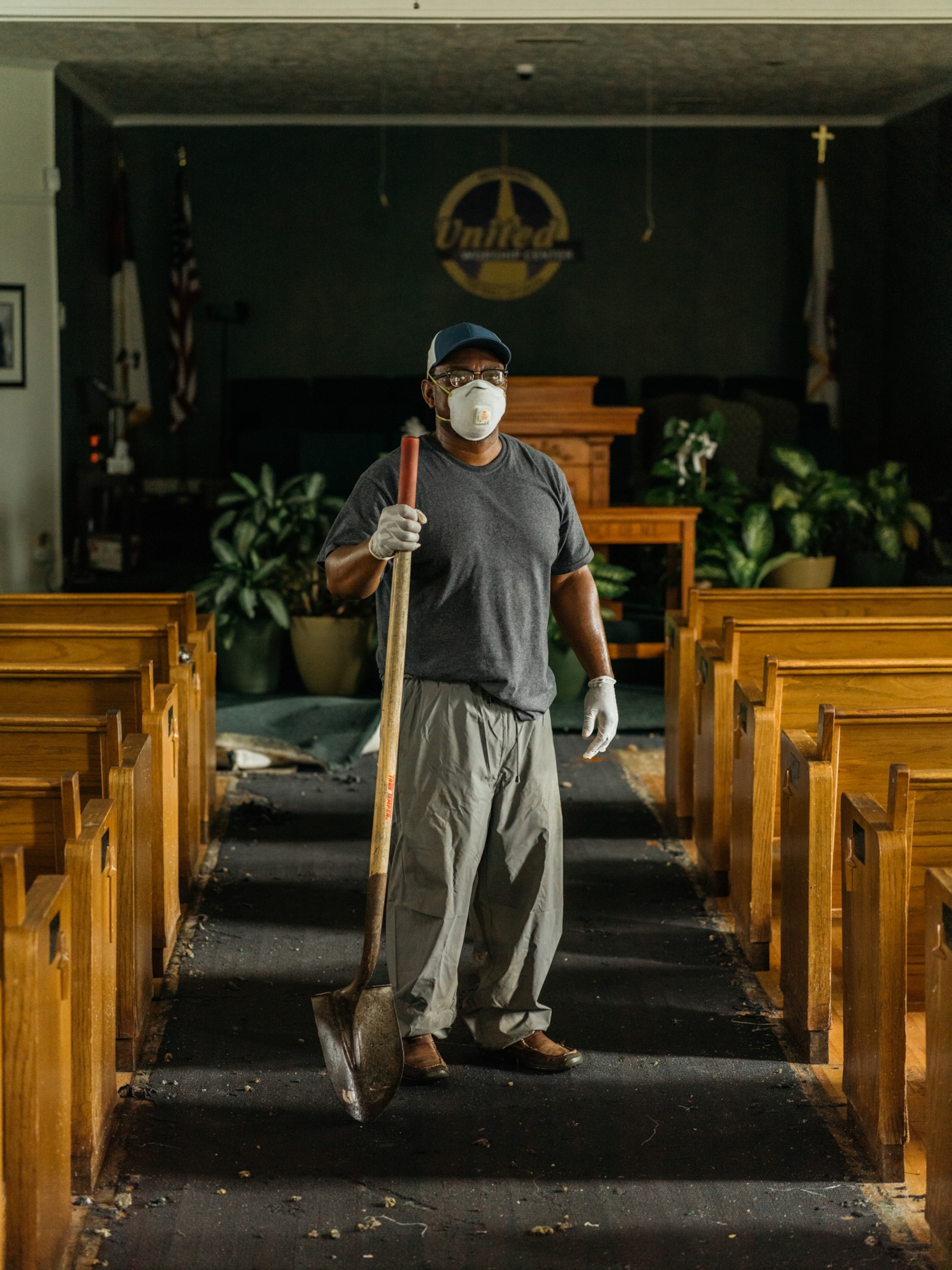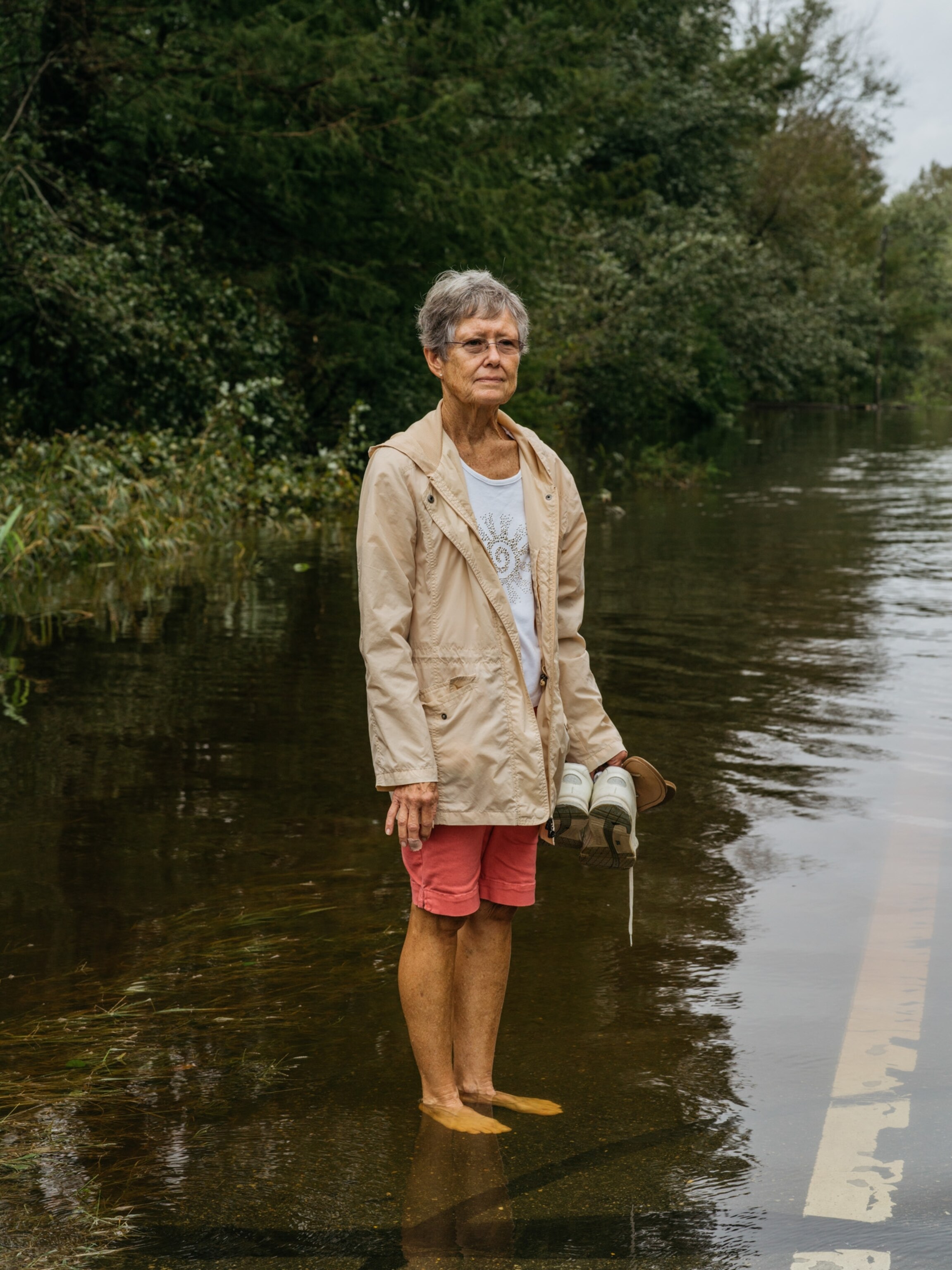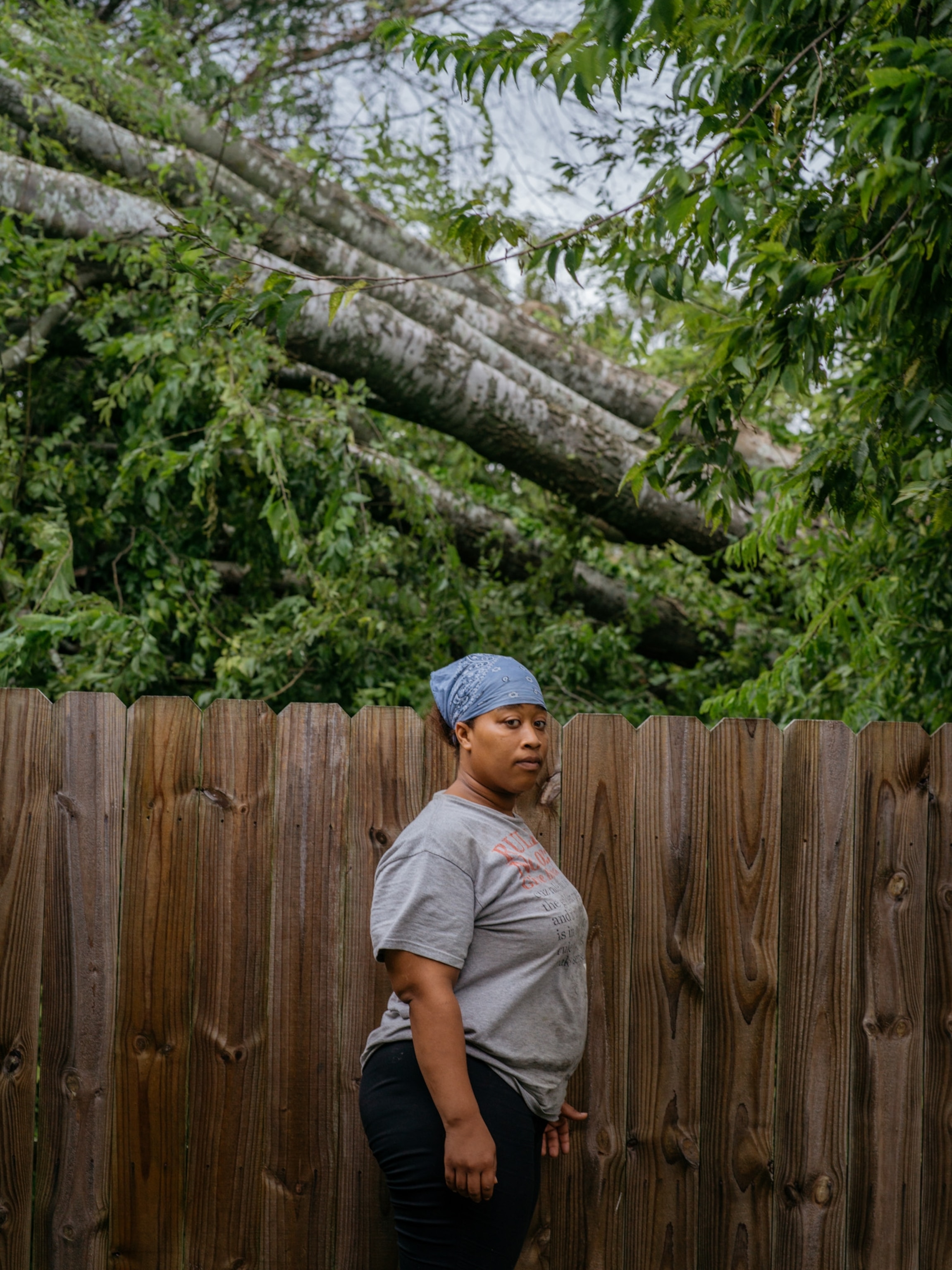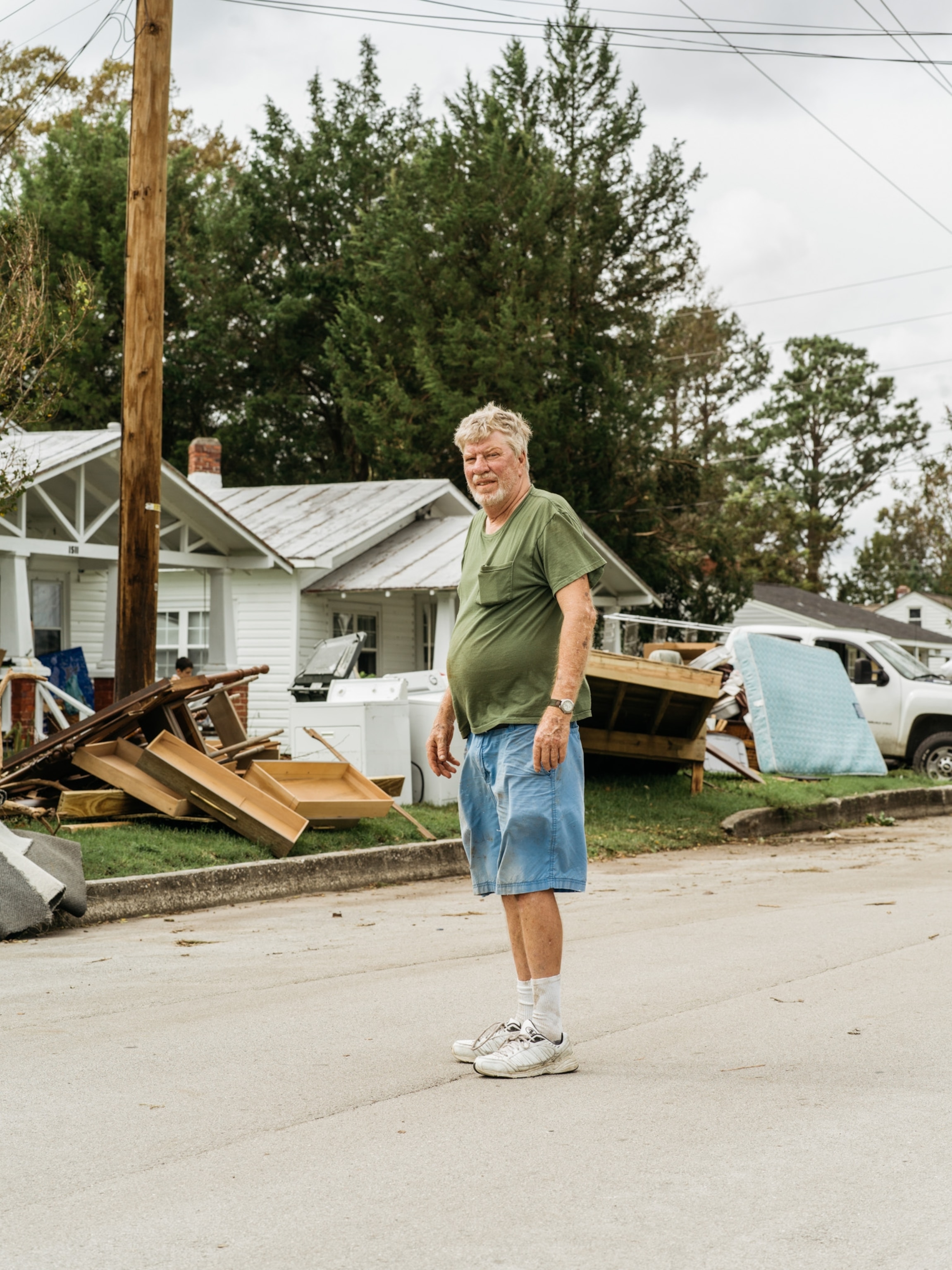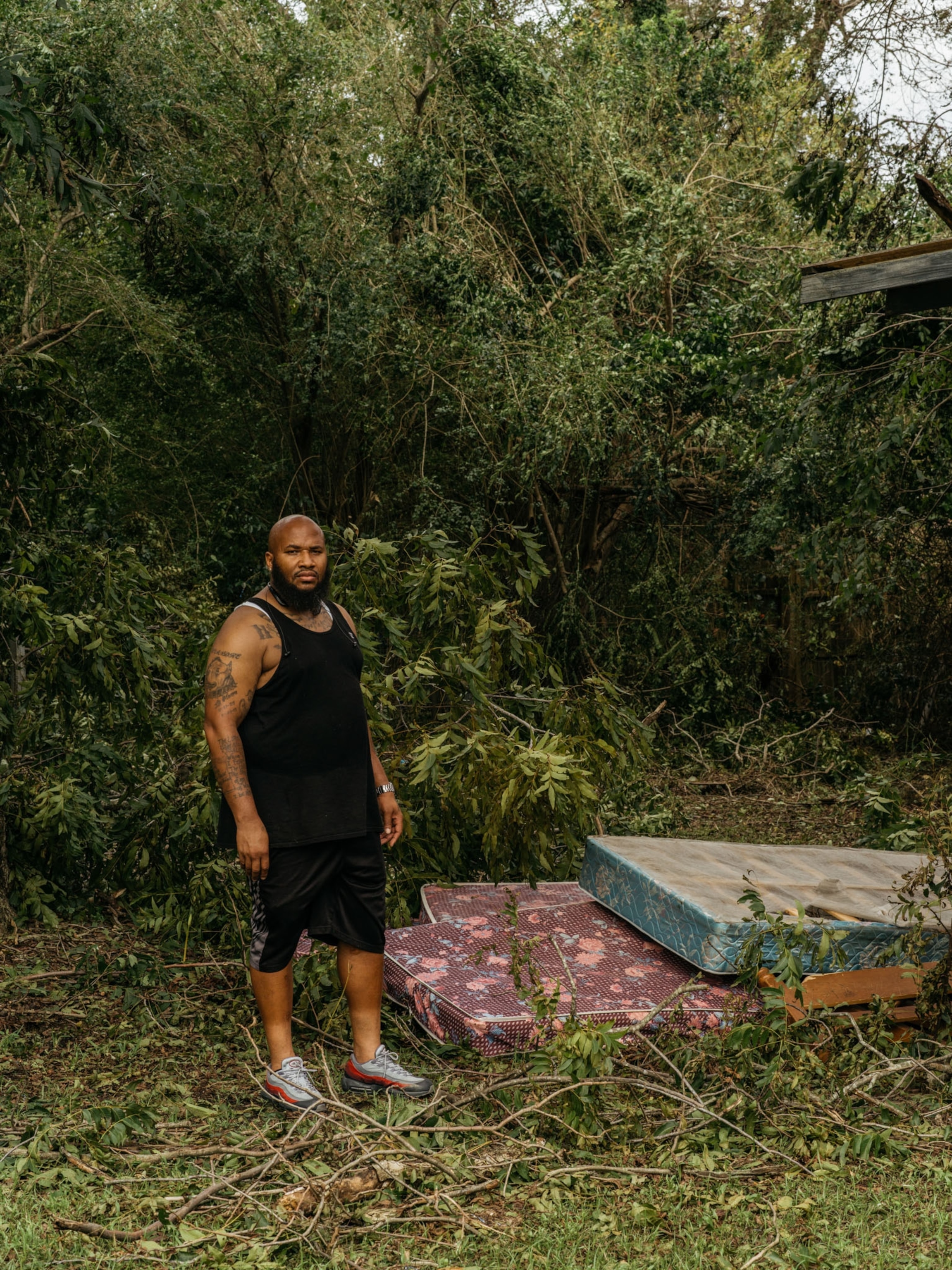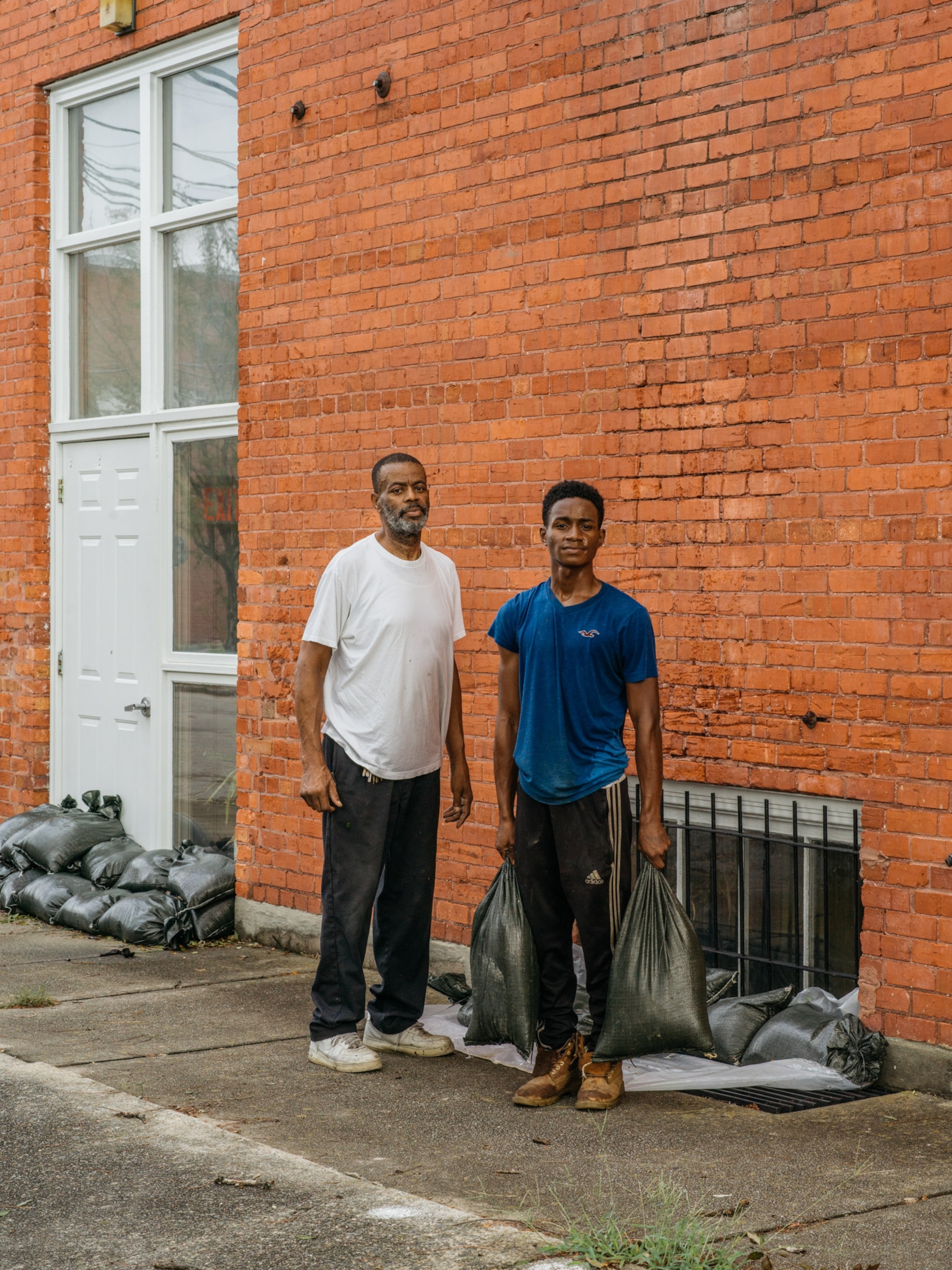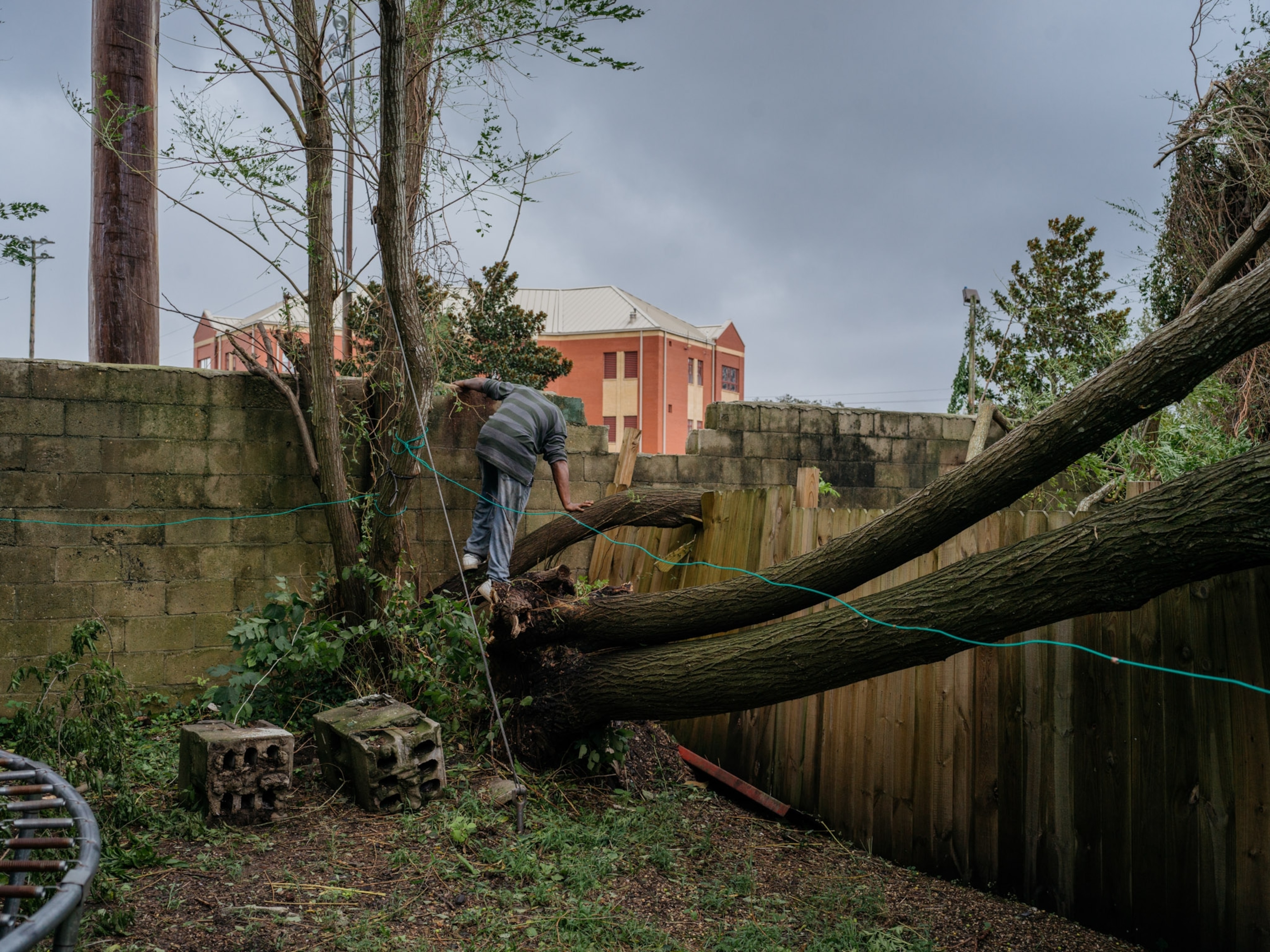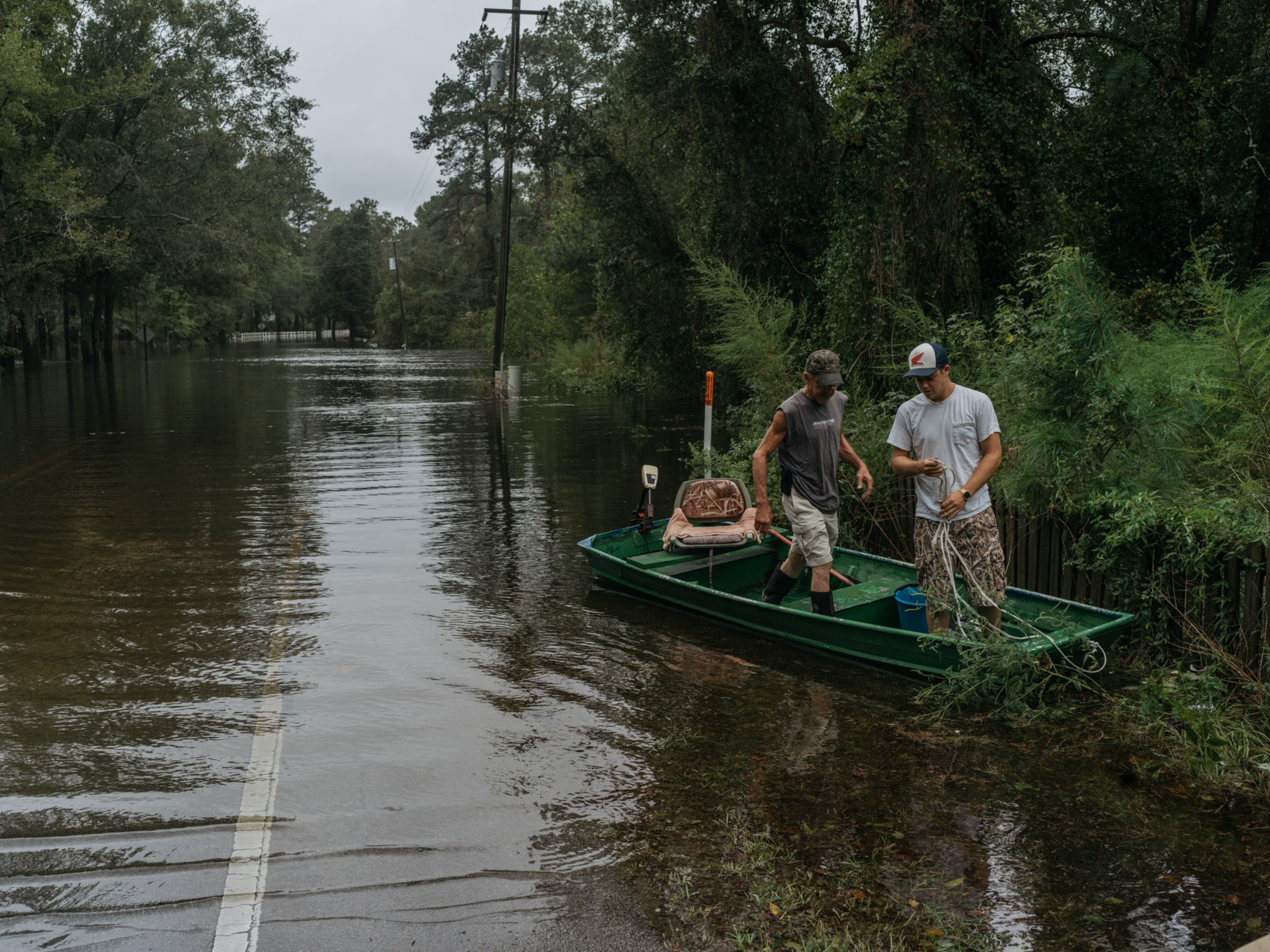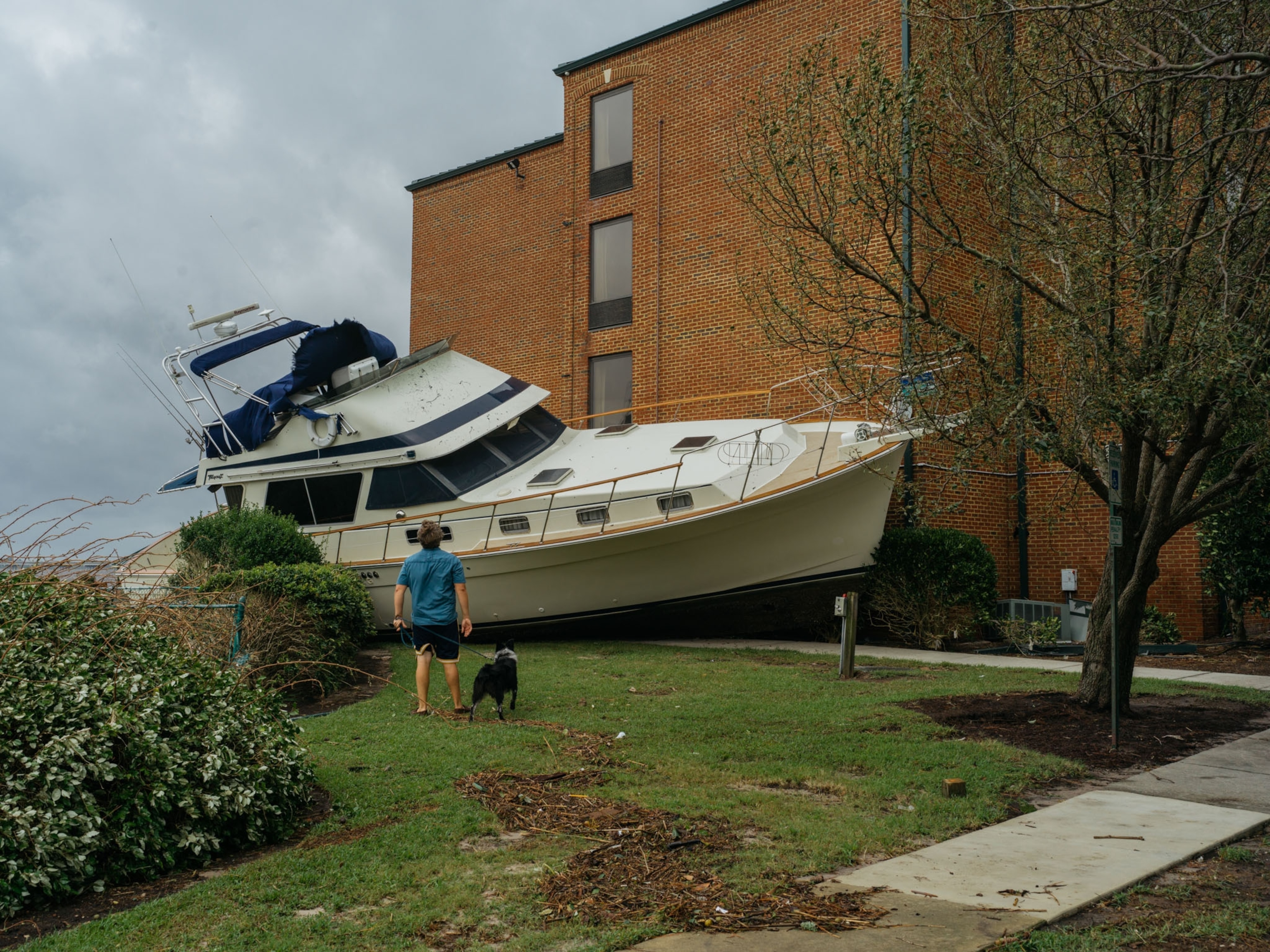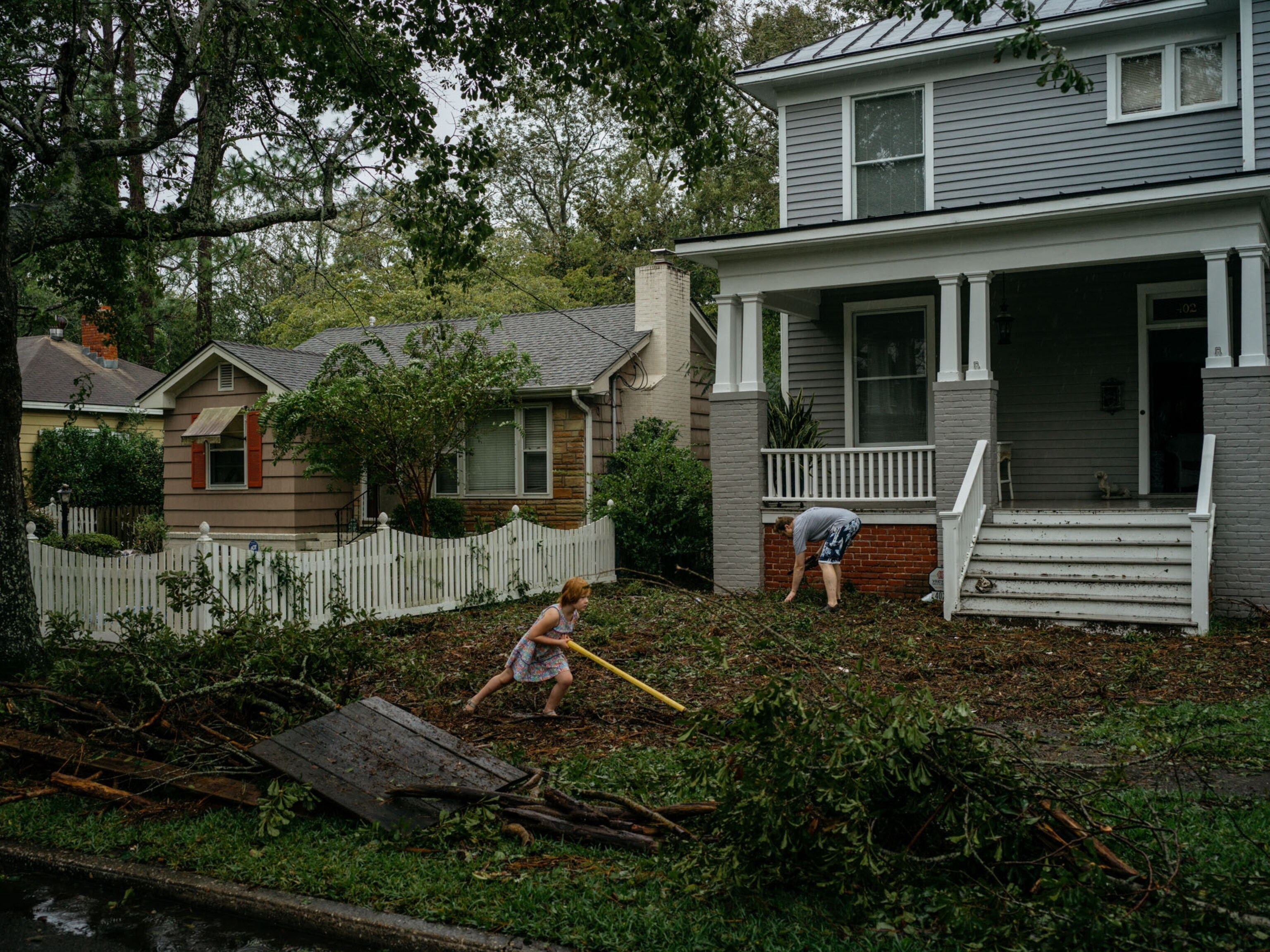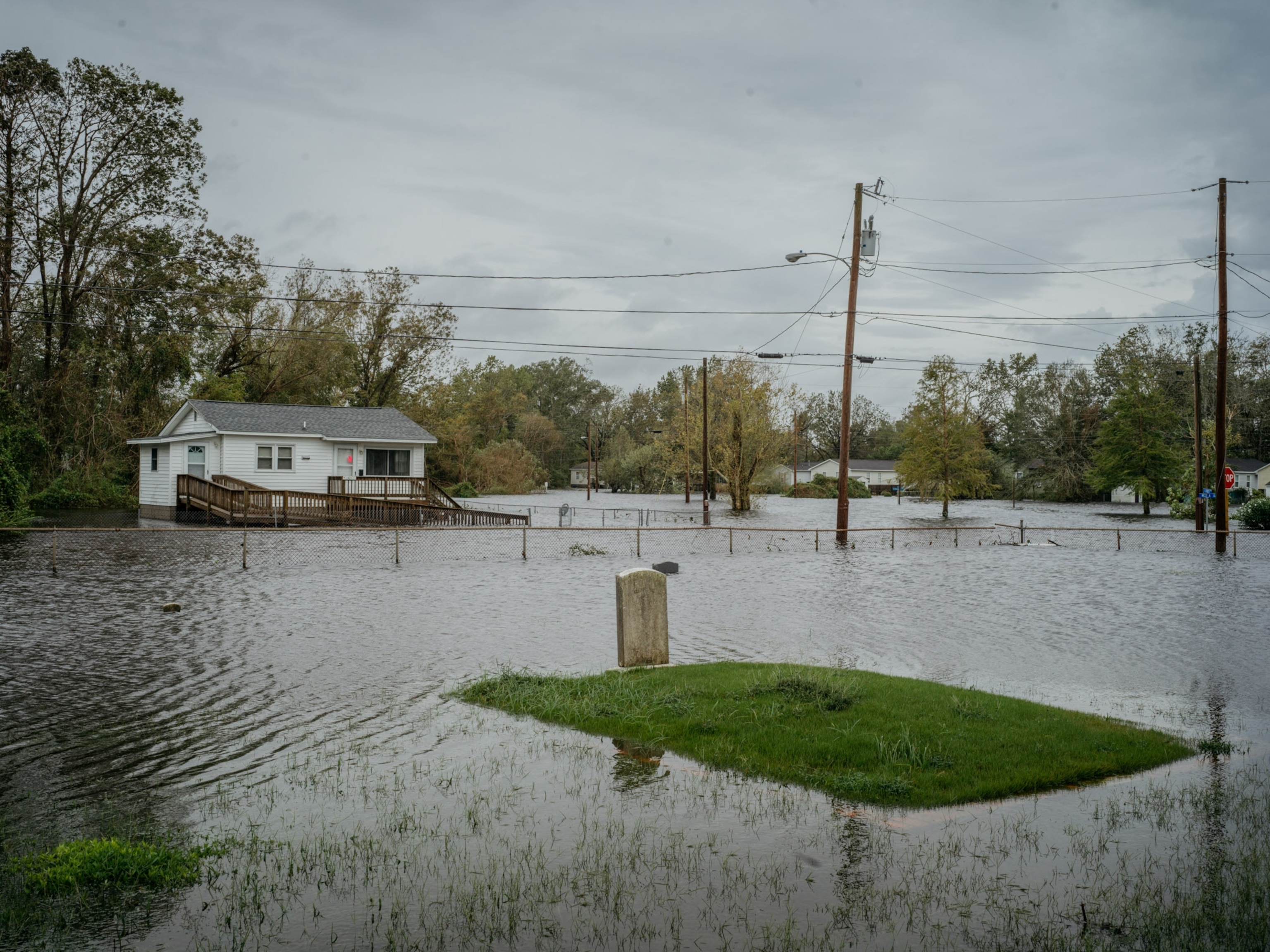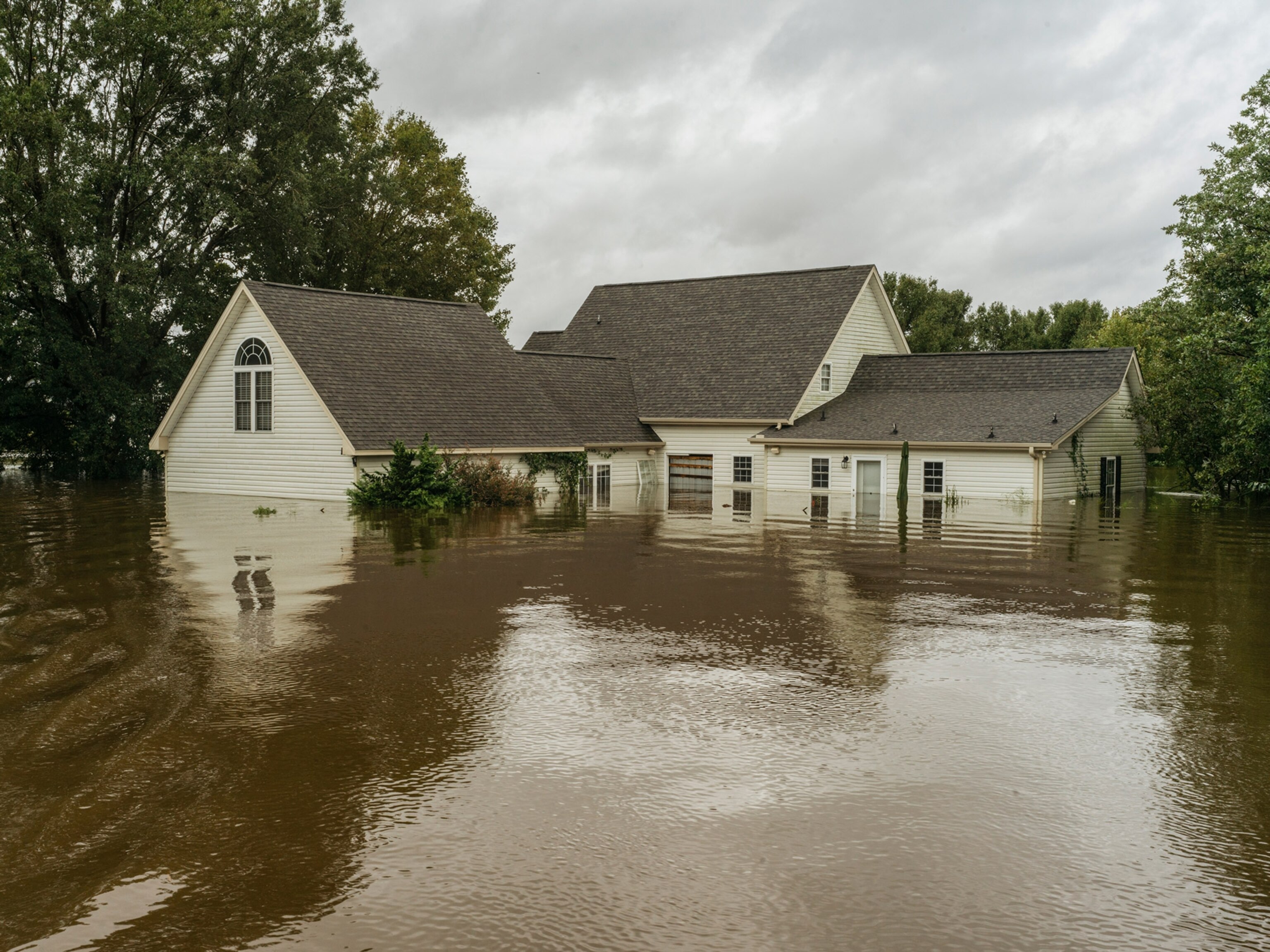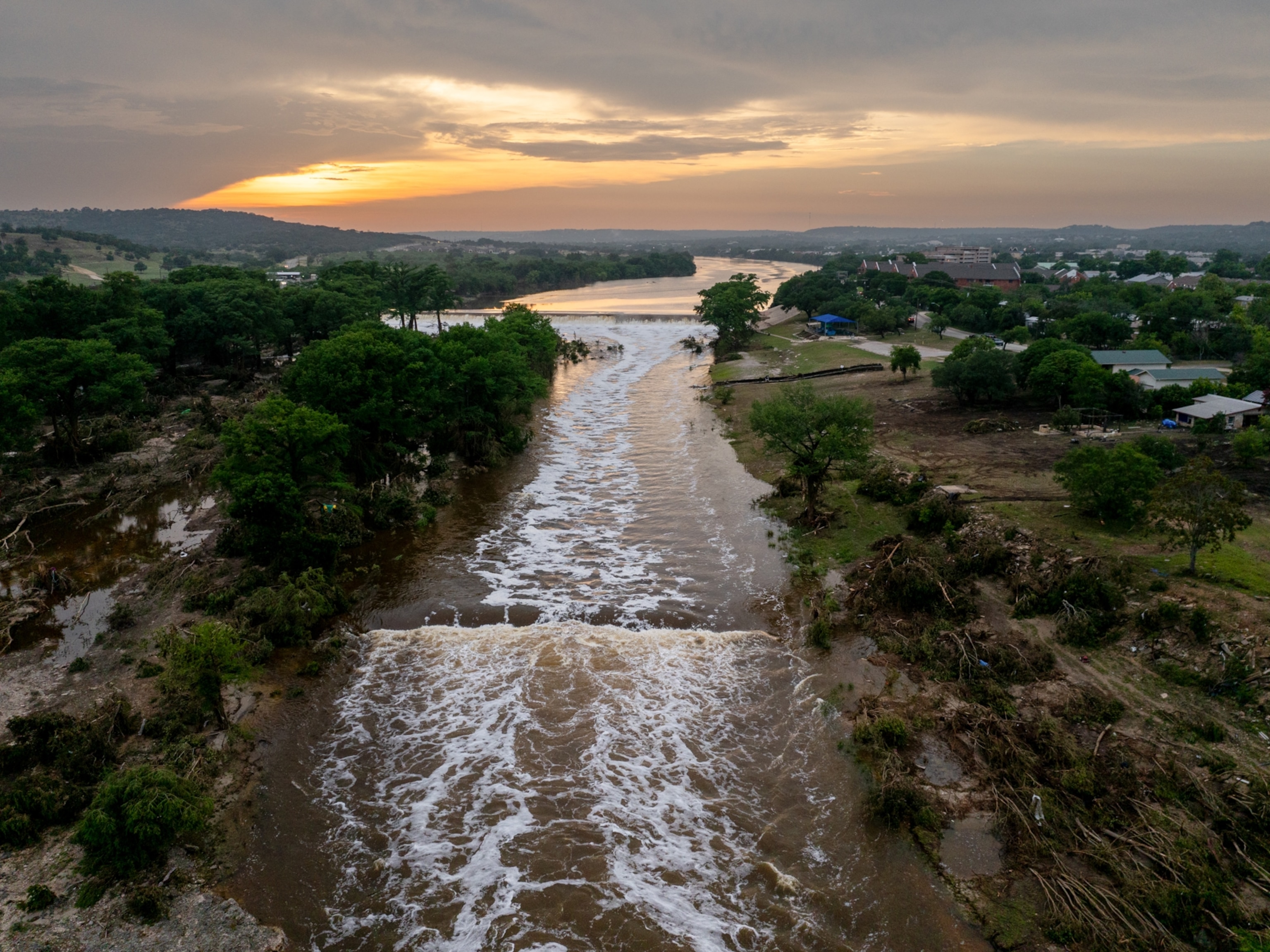Faces of Florence's Aftermath
The remnants of Hurricane Florence are still being felt by residents who say the flooding is unlike anything they've seen before.
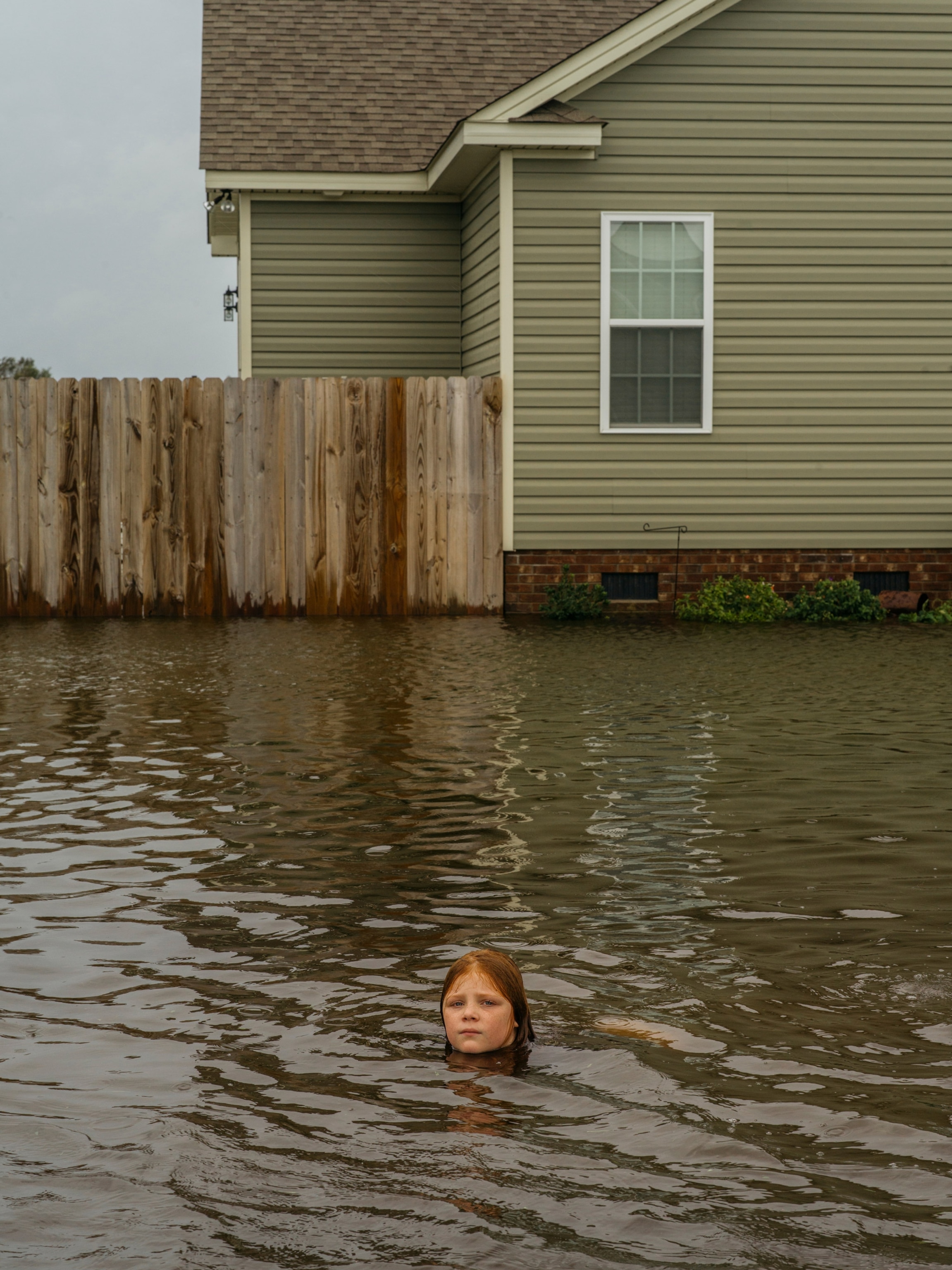
First it was the storm surges that officials were warning North and South Carolina residents to be wary of when Florence made landfall as a category one hurricane on Friday last week. Storm surges inundate coastal areas with ocean water, and in some parts of North Carolina, waters as high as 10 feet came ashore.
Now, as the storm begins to disperse from the region as a tropical depression, it's intense rainfall, flooding, and mudslides that have residents concerned.
Photographer Greg Kahn documented three towns along the North Carolina Neuse (pronounced “noose”) River, one of several rivers either already overflowing or at risk of cresting its river banks. For many residents, Florence was the most devastating storm they had seen in North Carolina.
Because of where and how the storm formed—it was fueled by 80-degree ocean water and spent nearly two weeks building strength across the Atlantic—it carries more rain than a cooler storm. Meteorologists warned that slower winds would cause the storm to stall over North and South Carolina. This slow down meant rainfall could be more concentrated.
In this part of the U.S., higher-than-average summer rainfall has left the soil saturated and unable to absorb much additional rain. Inland, rivers have already begun to surge above the banks, leaving western parts of the state under a flash flood watch. In Goldsboro, the farthest inland, the river is expected to crest in the coming days.

In Kinston, 27 miles east, major flooding has already been reported, and in New Bern, 35 miles east of Kinston where the Neuse opens up into the Pamlico Sound, 10-foot storm surges, winds, and sustained flooding has already damaged more than 4,000 homes.
“This had never happened before,” is what residents told Kahn as he surveyed the damage. “They did not expect the storm surge to come up as it did.”
Some that Kahn spoke to were briefly returning home after evacuating, taking advantage of the time between major hurricane storm surges and river flooding to save what few of their belongings they could.
“You realize how much your home is part of your life and who you are. When it's all gone it's not stuff anymore, it's memories,” noted Kahn.
The National Weather Service has flood warnings in effect for six counties in North Carolina until Monday night, and river flooding is possible through Wednesday. On Monday, Kahn was returning to New Bern to document parts of the city that had previously been underwater.
One woman Kahn spoke to claimed her property was on a 500-year floodplain, which means it had a 1-in-500 chance of being flooded. Since she bought the house in 1999, however, it's flooded three times.
Scientists have said for years that climate change may be making hurricanes worse, and some have already claimed that the planet's warming may have made Hurricane Florence 50 percent stronger than it would have were climate change not a factor.
“These storms are causing things to happen that haven't happened before,” adds Kahn.
